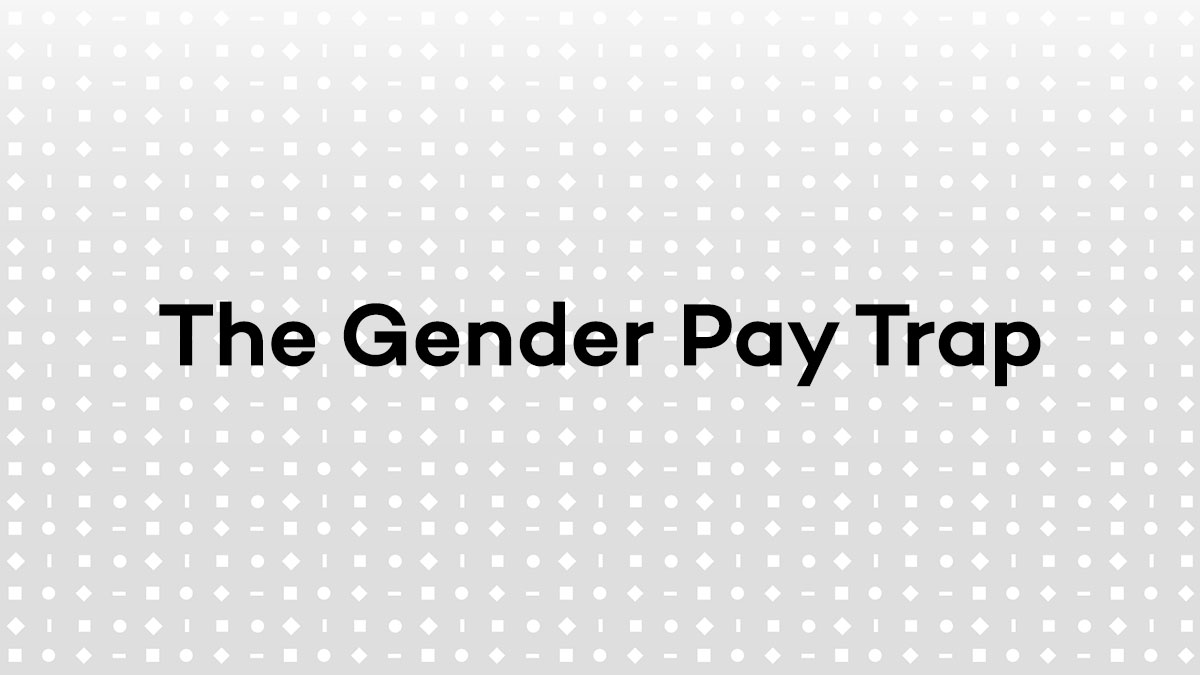
Parental Pay Gap: Exploring the fatherhood bonus vs. the motherhood penalty
Table of Contents
- Why is there a motherhood penalty?
- What’s the ‘fatherhood bonus’?
- The impact of Covid-19 and rising living costs
- What role does childcare play?
The gender pay gap has quickly shrunk since the 70s, only to plateau in the past couple of years. The main culprit today is the motherhood penalty which is caused by several factors including the perception of women as the primary caretaker in society. This article explores findings from our Salary & Benefits research to illuminate pay discrepancies between mothers and fathers.
Becoming a parent can be a good career move for better pay and positions, unless you’re a mother.
Today, the leading cause behind the gender pay gap is the ‘motherhood penalty’. This term refers to the loss of equal pay and opportunities that arise during a woman’s career after becoming a mother.
PwC’s Women in Work Index 2023 shows that the motherhood penalty accounts for 60% to 80% of the earning discrepancy between genders. What’s more, the Organisation for Economic Cooperation and Development (OECD) reported that the UK’s gender pay gap widened four times more than the OECD average increase in the past years – driven by the Covid-19 pandemic.
29%
Mothers are paid 29% less than fathers and are almost twice as likely to make under £30,000 a year
Meanwhile, becoming a parent usually increases a man’s pay and position at work, compared with any other employee groups. This is referred to as the ‘fatherhood bonus’ and it is partly due to men still being seen as the primary breadwinner; therefore, they receive pay rises more frequently and hold better positions.
According to our research into salaries and benefits across industries, mothers are paid 29% less than fathers and are almost twice as likely to make under £30,000 a year (26% vs. 14%).
Why is there a motherhood penalty?
When women take time off work to care for children, they often face underemployment, slower career progression and loss in lifetime earnings upon returning to work. This is largely due to parental leave policies, which reinforce the expectation that women should be the primary caregiver in the family.
While mothers in the UK receive up to 52 weeks of maternity leave (receiving 90% of their salary in the first 6 weeks, and at a minimum statutory rate for the rest), fathers only receive 2 weeks’ paternity leave, paid at a minimum statutory rate.
A recent survey found that almost a third of fathers took no paternity leave after the birth of their child due to its limitations. This often results in women shouldering more childcare responsibilities and their careers take a backseat – which leads to mothers’ earnings dropping 60% by the time their first child turns 10.
1.46
million women are unable to work alongside their family commitments, compared to around 230,000 men
According to Trades Union Congress’ (TUC) report, “more than 1.46 million women are unable to work alongside their family commitments, compared to around 230,000 men. 1 in 10 women in their 30s – more than 450,000 women – is out of the labour market because of caring responsibilities compared to just one in 100 men in their 30s.”
What’s the ‘fatherhood bonus’?
Compared to women with children, men with children in the UK receive pay rises more frequently and are more likely to be promoted to higher positions. Over half of men with kids (54%) hold managerial positions, compared to less than 1 in 3 (31%) women with kids.
Fathers also tend to reach peak earnings quicker and make up most of the highest earners in the country. According to our findings, 1 in 10 men with children make over £100,000 and up to £120,000 a year, compared to only 3% of mothers. Positively, we found that the pay disparity reduces for earners who make between £40,000 to £80,000.
However, mothers are almost twice as likely to make under £30,000 a year (26% compared to 14%). This pay disparity reflects on pay satisfaction as well, as 1 in 3 working mums say they are unsatisfied with their salary compared to about 1 in 5 (23%) working fathers.
When it comes to pay rises, men with children are twice as likely to receive up to a 9% pay rise (12% vs. 6%), and three times more likely to get a 12 or 13% boost (3% vs. 1%). Meanwhile, about 1 in 3 (31%) mothers only get a 2-3% pay rise.
Men with children are also more likely to receive a bonus or commission. 2 in 3 (66%) working fathers report they have in the past year, compared to about half (49%) of working mothers. Consequently, we see the disparity reflected in women’s confidence.
Over half of mothers (52%) say they are not comfortable asking for a pay rise compared to about a quarter (26%) of fathers. Similarly, fewer women with kids (64%) feel their ideal salary is achievable compared to men with kids (74%).
The impact of Covid-19 and rising living costs
The pandemic negatively impacted everyone in the world, but mothers generally paid a bigger price than fathers. Whether it was losing their jobs, reducing their hours or taking on more childcare responsibilities, they’ve acted as shock absorbers throughout the pandemic.
According to the Institute for Fiscal Studies, women were about one third more likely to work in a sector that was shut down by the pandemic than men. For example, the Fawcett Society highlighted that jobs in industries that employ more women such as hospitality, retail and tourism may not return after the pandemic.
Therefore, mothers were 1.5 times more likely than fathers to have either lost their job or quit by May 2020 and were more likely to have been furloughed. The Fawcett Society also found over 1 in 3 (35%) working mothers have lost work or hours due to a lack of childcare support during the pandemic.
According to ONS data, women spent 77% more time on childcare than men overall. Consequently, the impact of the Covid-19 pandemic has been greater on women financially.
On top of the challenges the pandemic brought, women were hit with the rising cost of living right after. This means that, with the ongoing struggles in equal pay and opportunity, financial recovery for women may take longer.
Our findings show women have less of an understanding of how pay is determined at their jobs, with fewer working mums (62%) saying they know what they need to do to get a pay rise compared to working dads (73%).
Therefore, employers can avoid the gender pay trap by educating their workers about how salaries are determined and being transparent about the pay review process.
What role does childcare play?
The cost of childcare in the UK for children under two at a full-time nursery costs an average of £14,200 a year, according to the charity Coram. This is more than twice the OECD average (29% vs. 14%). More women, especially in lower pay grades, quit the workforce due to unaffordable childcare.
For example, our Quality of Life Index research shows that the average childcare cost in London was a whopping £1,600 a month. With the average salary at £39,700, childcare already makes almost half (49%) of a single parent’s income before taxes.
Unfortunately, it’s not only caring for their own children that impact women. The pay gap widens as women get older as well, because they tend to take on more responsibilities such as caring for older relatives or grandchildren. TUC reports that women are 7 times more likely to be economically inactive due to looking after the home or family.
Positively, the UK government announced plans earlier this year to tackle the childcare issue and bring more mothers into the workforce. The government promised working parents of children under the age of five 30 hours of free childcare per week from September 2025 onwards.
Find out more about our research on gender and pay

Decoding gender bias in job adverts
Use our tool to de-bias your job adverts and learn how gender bias manifest in language.

How employers can champion Black and South Asian women throughout their careers
Learn about the reality of job progression for Black and South Asian women.

Gender Pay Trap
Discover the underlying causes of the gender pay gap and why increasing awareness can help overcome it.
About the research
We surveyed 7,660 men and women, with or without kids, in the UK between 8 March 2023 – 24 March 2023 who work part-time or full-time in the following industries; accountancy, administration, advertising, arts & entertainment, animal care, banking, business management, charity, cleaning, construction, consulting, customer service, design, education, engineering, farming and agriculture, finance, healthcare, hospitality, human resources, insurance, IT, legal, logistics, manufacturing, marketing, media, military, policing, PR, property, public sector, retail, sales, science, security, skilled trades, social care, sports and fitness, and travel. The results were weighted to be representative of the population.
Explore articles
Receive the latest recruitment resources and
advice to boost your hiring
By providing us with your details you agree to our privacy policy and for us to keep you updated with the latest news, events,
and special offers from Totaljobs.






